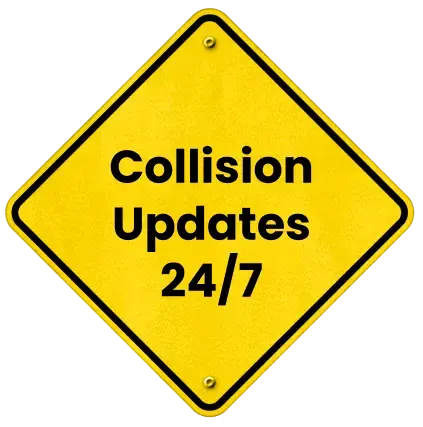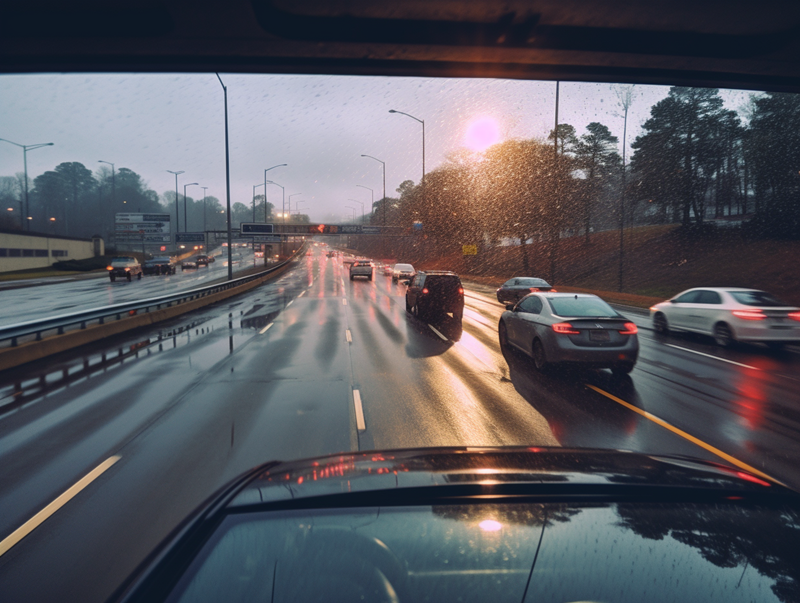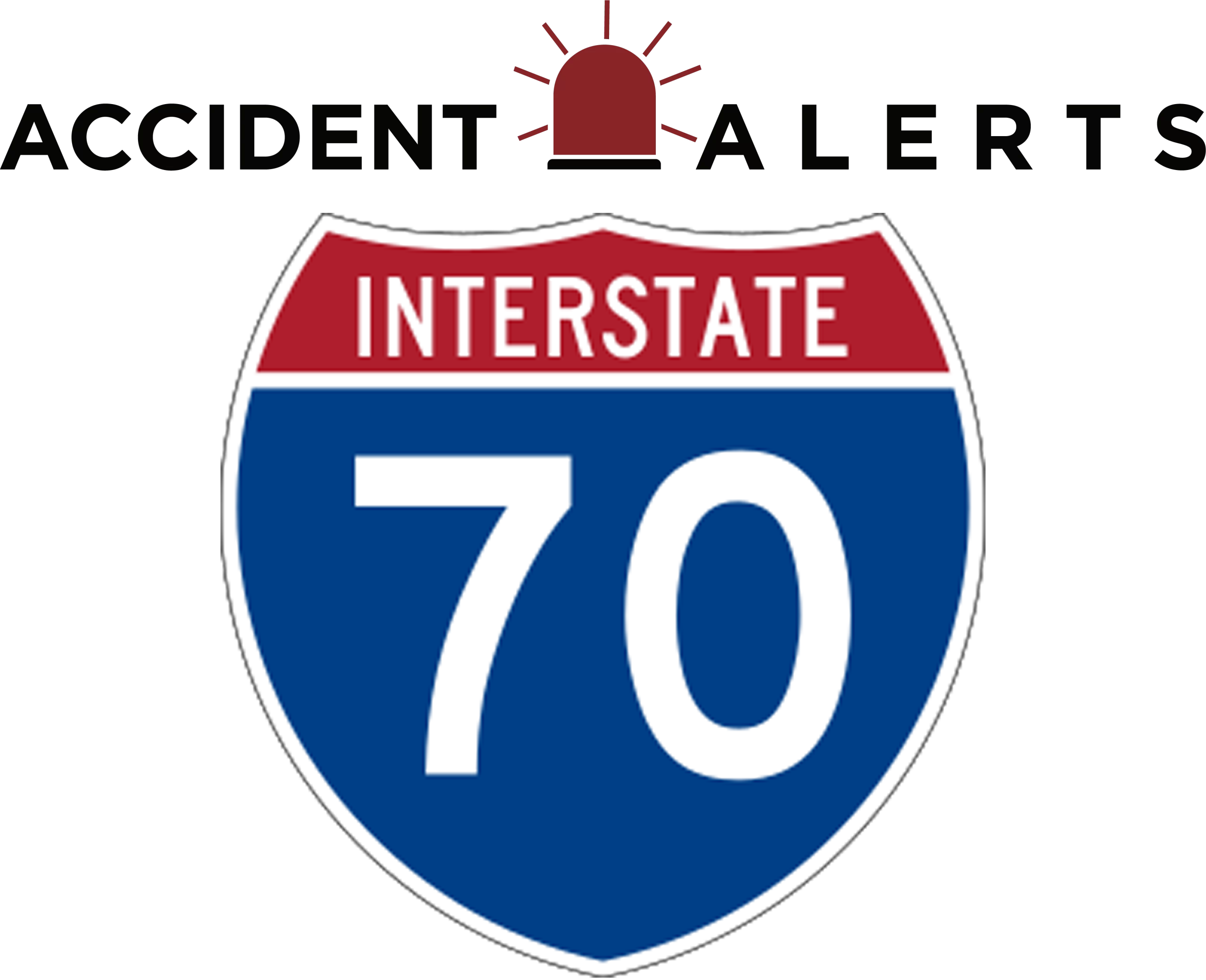
Storm-Related Risks on I-70: Safety and Insurance Across Six States


Interstate 70 runs more than 2,100 miles across the United States. It serves as a major east–west corridor for drivers, truckers, and families. This busy highway crosses several states that face dangerous storm-related risks. Heavy rain, flash flooding, and poor visibility create hazards that increase accident risks. Drivers in Missouri, Illinois, Indiana, Ohio, West Virginia, and Maryland must stay alert.
Proper insurance coverage also matters when storm damage occurs. In this post, we’ll cover the major risks drivers face during heavy rain in each state, how insurance works, and provide advice on how to stay safe when riding on Interstate 70 during adverse weather conditions.
Storm-Related Risks on I-70
Missouri (MO)
Missouri drivers face heavy thunderstorms that often hit without warning. Flash floods can cover sections of I-70 near rivers. Hydroplaning happens quickly when rain collects on rural stretches of pavement. Low visibility during strong storms makes rear-end crashes more likely. As they cross the state, drivers must watch for sudden weather changes.
Illinois (IL)
Illinois sees intense rain across flat landscapes that do not drain well. Water pools on highways, especially near St. Louis. Flooding in urban areas slows traffic and causes dangerous backups. Wet roads reduce stopping distances and make accidents more severe. Drivers on I-70 in Illinois must watch for both standing water and traffic congestion.
Indiana (IN)
Indiana experiences sudden downpours that reduce visibility in seconds. Construction zones add extra risk on I-70, especially near Indianapolis. Water buildup around work zones increases crash potential. Multi-vehicle accidents happen when drivers fail to slow down. Truck traffic on Indiana highways also adds risk during storms.
Ohio (OH)
Ohio weather brings heavy rains linked to lake-effect systems. Poor drainage along older sections of I-70 increases hydroplaning risk. Busy interchanges near Columbus and Dayton become dangerous in wet conditions. When storms arrive during rush hours, drivers often face traffic snarls. Sudden flooding makes some exits hazardous and hard to navigate.
West Virginia (WV)
West Virginia terrain creates unique challenges during storms. Steep grades and sharp curves become dangerous when rain floods the roadway. Water runs off mountainsides, sending rocks and debris into lanes. Fog settles in valleys, reducing visibility even more. Drivers on I-70 in West Virginia must remain extra cautious on curves and hills.
Maryland (MD)
Maryland drivers face coastal storm systems near the eastern end of I-70. Heavy rain combines with congestion near Baltimore. Standing water causes spinouts on crowded roadways. Flooding in low-lying areas forces sudden detours. Wet weather accidents often involve multiple cars because of short following distances.
Insurance Angles
Storms cause accidents that may involve several types of coverage. Collision insurance covers vehicle damage from crashes. Comprehensive coverage applies to non-collision storm damage like flooding. Many drivers do not realize flood damage exclusions may apply. Policy reviews are important before storm season begins.
Drivers often face issues proving that storms caused an accident. Insurers may argue that driver negligence played a role. In multi-car pileups, liability becomes complex. Storms make it harder to determine fault clearly. Careful documentation improves your chances in a claim.
Each I-70 state applies its own fault rules. Missouri, Illinois, Indiana, Ohio, West Virginia, and Maryland all use comparative fault laws. This means accident responsibility can be shared between drivers. Recovery amounts may decrease if you hold partial fault. Knowing your state’s rules helps you manage expectations in claims.
Take photos after an accident or storm damage. Document the scene, your vehicle, and the weather conditions. Get a copy of any police report. Notify your insurer as soon as possible. Ask questions about coverage for both collision and storm damage. Check your uninsured or underinsured motorist coverage too. This protects you if another driver lacks insurance.
Why Storm Safety Matters on I-70
Driving on I-70 during severe weather is not just about protecting yourself; it’s about safeguarding everyone who shares the road. Storm-related accidents on this major interstate can create dangerous situations that extend far beyond a single crash. From multi-vehicle pileups to lengthy traffic delays, the impact of poor weather driving can ripple across entire communities. That is why storm safety on I-70 should always be taken seriously.
Storm-related crashes often result in more than just damaged vehicles. Multi-car pileups can close sections of I-70 for hours, stranding drivers and creating hazardous conditions for first responders. Emergency crews already face enough risk, and when they must respond in heavy rain, snow, or icy conditions, their safety is further compromised.
Delays caused by highway closures also affect truck drivers who transport goods across the country. This disrupts deliveries and business operations. Families on the road face interrupted travel plans, and in rural areas, injured victims may wait longer for medical help to arrive due to distance and weather.
One of the most effective ways to reduce storm-related accidents is through safe driving practices. Motorists should slow down in poor conditions, leave extra space between vehicles, and remain alert to sudden changes in traffic flow. By taking extra precautions during severe weather, drivers help minimize the risk of crashes and protect both themselves and others.
Equally important is making sure you have reliable insurance coverage. Proper insurance does more than cover your own expenses. It also helps ensure that anyone impacted by the accident can recover more quickly. On a heavily traveled route like I-70, where commercial trucks, commuters, and travelers all share the road, strong insurance policies provide an essential safety net after severe weather crashes.
Storm safety is ultimately about responsibility and preparation. By driving cautiously and carrying the right insurance coverage, you are not only protecting your own future but also helping to keep I-70 safer for everyone. Each safe decision behind the wheel reduces accident risks, shortens recovery times, and keeps this vital interstate open and moving, even when storms strike.
Contact an I-70 Accident Attorney
If you or a loved one has been injured in a storm-related crash on I-70, you don’t have to face the aftermath alone. An experienced I-70 car accident lawyer can help you understand your rights, deal with insurance challenges, and fight for the compensation you deserve.
